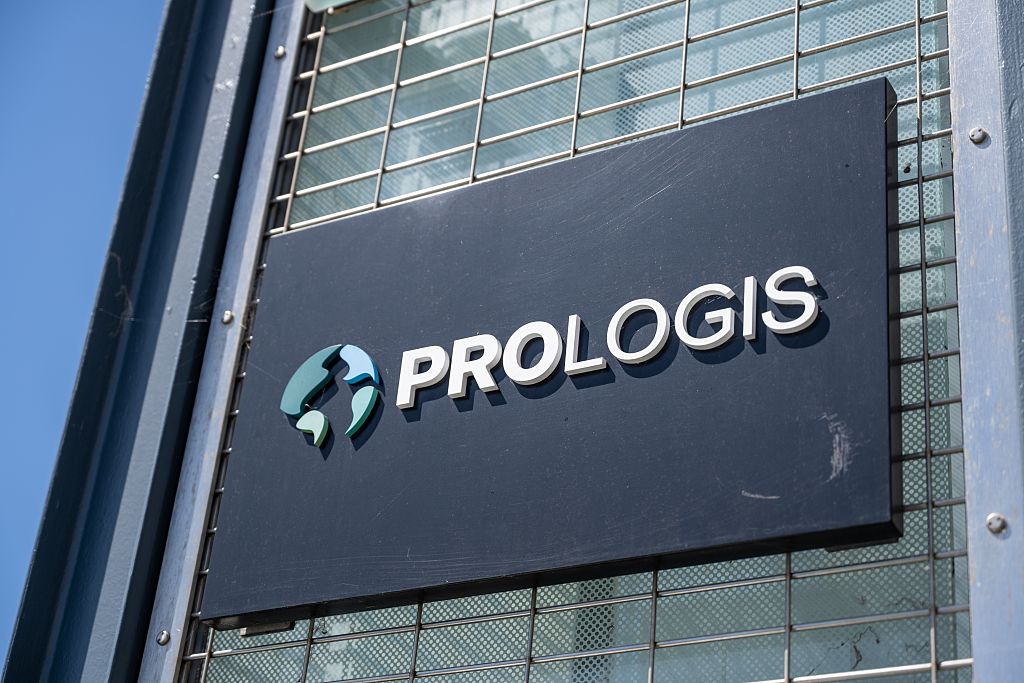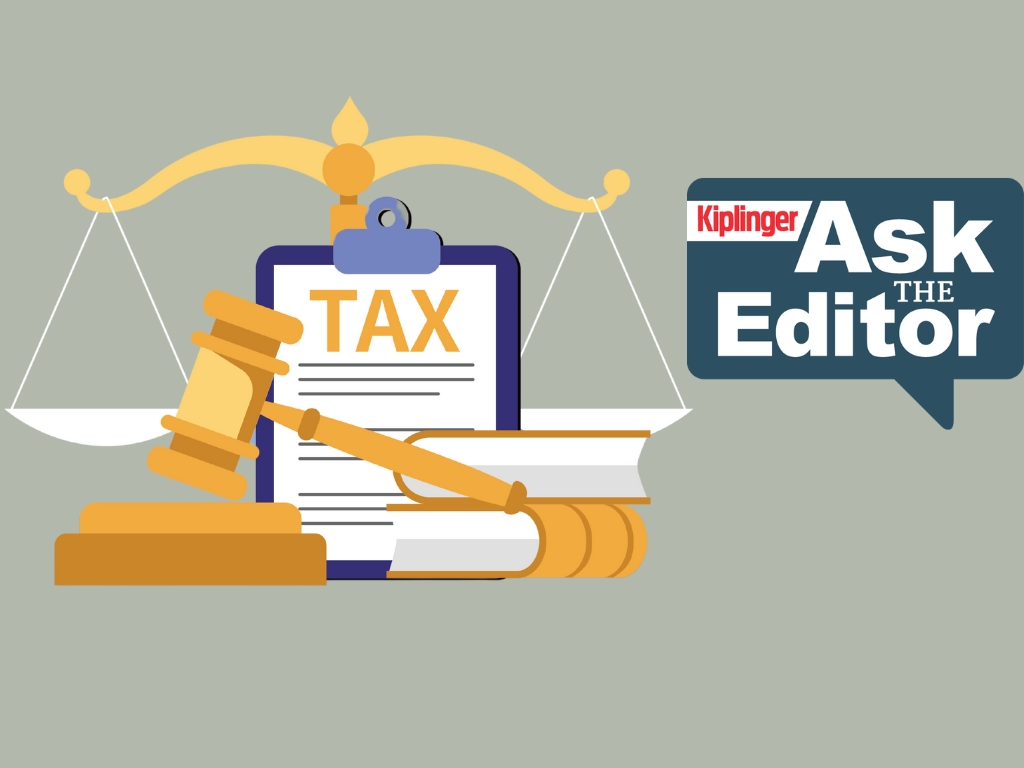Best Stocks to Buy for Fed Rate Cuts
The Federal Reserve is widely expected to resume rate cuts in September and lower borrowing costs could boost these large-cap stocks.


In his late-August speech at the Jackson Hole Economic Symposium, Federal Reserve Chair Jerome Powell suggested the central bank could start lowering interest rates as soon as September. For investors seeking out the best stocks to buy for Fed rate cuts, we have you covered.
There's a rather heavy-handed philosophy touted by some financial gurus that says debt is always a bad thing and should be avoided at all costs. But debt is simply a tool and can be good or bad based on how you use it.
Consider that even cash-rich Apple (AAPL) holds about $100 billion in debt on its balance sheet – proof that some of the biggest and most successful companies on Wall Street see the benefit of judicious borrowing even if they have ready cash in the bank.

Sign up for Kiplinger’s Free E-Newsletters
Profit and prosper with the best of expert advice on investing, taxes, retirement, personal finance and more - straight to your e-mail.
Profit and prosper with the best of expert advice - straight to your e-mail.
That said, borrowing does come with a real cost via interest payments. And companies that have significant debt loads can often miss out on future opportunities if they are too busy paying down loans.
That's why lower interest rates can be beneficial to certain large-cap stocks. Indeed, capital-intensive businesses such as banks, real estate firms and telecoms regularly borrow money to pay for big projects, and even a modest reduction in rates can create lower costs for this select group.
With this in mind, the following list represents some of the best stocks to buy for Fed rate cuts thanks to the prospect of reduced borrowing costs in the months and years ahead.
AT&T

- Sector: Communication services
- Market value: $210.5 billion
- Total debt: $150 billion
AT&T (T) is one of the most established blue chip stocks on Wall Street and has been in operation since 1882.
And in 2025, amid broader market volatility, investors have increasingly favored stable, low-risk dividend-paying stocks such as this telecom giant.
The environment looks even more favorable given the prospect of lower interest rates. The company's current debt load of $150 billion is substantial, but it is actually down from about $170 billion in 2021 amid a major corporate restructuring and the 2022 spinoff of its WarnerMedia unit.
Easier access to capital will only accelerate this transition, keeping T stock a compelling choice for conservative investors seeking both income and stability.
It's also worth noting that lower borrowing costs mean more cash left over to support AT&T's juicy 3.8% dividend yield.
First Horizon

- Sector: Financials
- Market value: $11.2 billion
- Total debt: $4.8 billion
Mid-sized regional bank First Horizon (FHN) operates out of Memphis and boasts more than $80 billion in total assets.
This isn't quite the tally of trillion-dollar mega banks, but that's because the company focuses on commercial banking for small businesses, consumer checking accounts and other close-to-home financial operations.
And this makes FHN one of the best stocks to benefit from lower interest rates, as any rate cut is likely to boost demand for business loans, car loans and new mortgages.
FHN is already one of the top-performing financial stocks thanks to solid operations and a strong outlook. In the past 12 months, shares are up 43% on a total return basis (price change plus dividends) vs the S&P 500's roughly 15% gain.
Any reduction in rates will only fuel this momentum, given the natural lift to the day-to-day operations of this regional bank.
Ford Motor

- Sector: Consumer discretionary
- Market value: $46.6 billion
- Total debt: $160.2 billion
Ford Motor (F) has been stuck in a rut for about three years, with its share price churning around the $11 mark as it struggles for relevance in a changing automotive marketplace driven by electric vehicle (EV) adoption.
But the bigger concern for many investors isn't the automaker's product mix. Rather it's the company's roughly $160 billion in debt, which gives Ford a debt-to-equity ratio of 3.556, one of the highest among its fellow large-cap stocks.
It should go without saying that lower interest rates will benefit a company with a debt load of this size, and perhaps will give the consumer discretionary stock the wiggle room it needs to streamline operations and rethink its positioning for the future.
And if lower rates spark a few more auto loans for consumers who want a new F-150, all the better.
NextEra Energy

- Sector: Utilities
- Market value: $156.7 billion
- Total debt: $93.2 billion
Utility stocks are among the most recession-proof investments given the built-in demand for electricity. As one of the largest publicly traded utilities in the U.S., NextEra Energy (NEE) offers unrivaled stability.
However, it's expensive to build out a network that serves some 6 million customer accounts, and lower interest rates will give NEE the access to capital that it needs to maintain and grow its operations.
The company is also a leader in renewable energy, generating more wind and solar power than any other U.S. utility. Lower rates mean continued investment in clean energy infrastructure to ensure this utility is in the best position for long-term profitability and relevance in the age of climate change.
Prologis

- Sector: Real estate
- Market value: $100.6 billion
- Total debt: $35.3 billion
Anyone who has a mortgage knows how important interest rates are to property loans. And that dynamic holds true for homeowners, as well as real estate investment trusts, or REITs.
Prologis (PLD) is one of the largest REITs on Wall Street, with some 1.3 billion square feet of space across warehouses and industrial properties. Thanks to its massive scale and the high barrier to entry for competitors, it can provide reliable profits for shareholders.
But growth is getting harder to come by as land is in demand in key markets and construction costs remain high – meaning Prologis stands to benefit from a lower interest rate environment that will allow it to expand its already massive footprint.
And like many of the other dividend stocks on this list, the access to additional capital will make it easier for the company to support its 3.7% payout to shareholders.
Related content
Profit and prosper with the best of Kiplinger's advice on investing, taxes, retirement, personal finance and much more. Delivered daily. Enter your email in the box and click Sign Me Up.

Jeff Reeves writes about equity markets and exchange-traded funds for Kiplinger. A veteran journalist with extensive capital markets experience, Jeff has written about Wall Street and investing since 2008. His work has appeared in numerous respected finance outlets, including CNBC, the Fox Business Network, the Wall Street Journal digital network, USA Today and CNN Money.
-
 Ask the Editor — Tax Questions on What Congress Will Do Next
Ask the Editor — Tax Questions on What Congress Will Do NextAsk the Editor In this week's Ask the Editor Q&A, we answer questions from readers on what Congress will do next with taxes.
-
 When Tech is Too Much
When Tech is Too MuchOur Kiplinger Retirement Report editor, David Crook, sounds off on the everyday annoyances of technology.
-
 Bonds Pay in Good and Bad Times
Bonds Pay in Good and Bad TimesBonds can act as a financial safety net through good times and bad. But different bonds carry different returns and risks, so do your homework before investing.
-
 When You Need Capital Quickly, Think 'Ready, Set, Fund': A Financial Adviser's Strategy
When You Need Capital Quickly, Think 'Ready, Set, Fund': A Financial Adviser's StrategyInvestors must be able to free up cash to meet short-term needs from time to time. This strategy will help you access capital without derailing your long-term goals.
-
 I'm an Estate Planner: Moving Family Assets to a Safe Haven Abroad Could Be a Huge Headache for Your Heirs
I'm an Estate Planner: Moving Family Assets to a Safe Haven Abroad Could Be a Huge Headache for Your HeirsIn troubled times like these, wealthy clients may seek financial refuge outside of the U.S. But that could cause more tax and estate problems than it solves.
-
 S&P 500 Extends Losing Streak Ahead of Powell Speech: Stock Market Today
S&P 500 Extends Losing Streak Ahead of Powell Speech: Stock Market TodayStocks continued to struggle ahead of Fed Chair Powell's Friday morning speech at Jackson Hole.
-
 A Timeline of Warren Buffett's Life and Berkshire Hathaway
A Timeline of Warren Buffett's Life and Berkshire HathawayBuffett was the face of Berkshire Hathaway for 60 years. Here's a timeline of how he built the sprawling holding company and its outperforming equity portfolio.
-
 Powell Signals Rate Cuts in His Jackson Hole Speech. Here's What Wall Street is Saying
Powell Signals Rate Cuts in His Jackson Hole Speech. Here's What Wall Street is SayingIn his speech at the Jackson Hole symposium Friday, Fed Chair Jerome Powell said current conditions "may warrant" rate cuts.
-
 Fall Is Tax Time? Yes! Act Now to Make Needed Adjustments
Fall Is Tax Time? Yes! Act Now to Make Needed AdjustmentsReview your withholdings, contribute to tax-saving HSA and FSA accounts, manage a bonus' impact and adjust for major life events such as weddings and job changes.
-
 Board Service in Retirement: The Best Time to Join a Board Is Before You Retire
Board Service in Retirement: The Best Time to Join a Board Is Before You RetireMany senior executives wait until retirement to take a seat on a corporate board. But making this career move early is a win-win for you and your current organization.